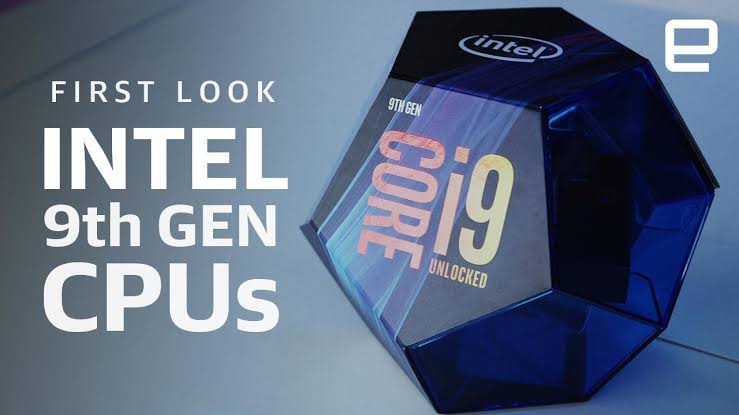
Intel holds a powerful grip on the Indian market with its range of processors. And they are extending their range to include more powerful chipsets for both desktop and mobile computers. Meet Intel’s chipsets, also called Coffee Lake, of the 9th generation.
This launch led India to the 9th generation of higher-end, Core i5, Core i7, and Core i9 portable chipsets. This H Series range has a 45-watt TDP (Thermal Design Power) design across the board and is consistent with the same motherboards of the 8th chipset generation.
These top-class processors have usually been designed with gamers in mind, but Intel believes that there is a large market for designers with slightly distinct requirements which have increased exponentially over the previous 18 months.
The worldwide market is estimated at approximately 130 million. There are an estimated 580 million players and export players, many of whom are also sports public, according to other interesting statistics from the Intel.
They thus recognize three different kinds of customers that profit from the latest goods: gamers, creators of content and those who are looking for overall premium results that give priority to battery life.

At present, Intel is presenting six portable processors, each with two i5, i7 and i9. They are four, six and eight cores, each. The i9-9980HK flagship is the first mobile processor which supports a 2.4Ghz base-clock 5Ghz turbo frequency.
The’ K ‘ suffix shows that the processor is also unlocked and that the temperature-controlled can take part in overclocking. Laptops will quickly be accessible in India with these processors.
These portable chipsets also provide characteristics like Intel WiFi 6 that provide theoretical Gigabit speeds, a downward latency of up to 75 percent and support 4x more game stream phones.
The Intel Optane Memory H10 and SSD 660p can also be upgraded. The most challenging users receive up to 128 GB of DDR4 RAM. Thunderbolt 3 also cuts the cab.
New additions to the desktop family have now included more than 25 products, ranging from Core i9 to i3 and even Celeron and gold chipsets from Pentium. Features like WiFi 6, Optane Memory and Optane SSD are also accessible.
Intel thinks these new processors will deliver an FPS increase of 47%, picture editing 2.1x quicker, and blended-use multitasking of about 53%, given the five-year refresh cycle. The fresh chipsets are only opened with the K and KF chip series at the upper end (i5-9600 and greater) where the F series has non-functionally embedded GPUs that require separate Graphics Cards.
Intel is certainly boosting the Indian market with this block of fresh processors both for laptops and desktop systems. In the future, India’s early OEM adapters include Acer, ASUS, Dell, HP, Lenovo and MSI, whose laptops are set to hit markets in the coming months. Potential customers are now able to buy alternatives for desktop alternatives at every market section.






